Rangelands and Sustainable management
1/17
There's no tags or description
Looks like no tags are added yet.
Name | Mastery | Learn | Test | Matching | Spaced |
|---|
No study sessions yet.
18 Terms
About 1/2 of the world's meat comes from livestock grazing on grass in unfenced...
Rangelands and enclosed pastures
The other half is produced through...
industrialized factory farm system.
Concentrated Animal Feeding Operations (CAFOs).
Where large numbers of animals are bred to gain weight quickly, mostly in crowded feedlots or in very crowded pens and cages
Rangelands (comprise of almost 50% of the world's landmass
Lands in which the native vegetation is predominantly grasses, grass-like plants, forbs, or shrubs suitable for grazing or browsing use by domestic livestock or wild animals
Rangelands are distinguished from pasture lands because...
they grow primarily native vegetation, rather than plants established by humans.
Differences between Rangelands and Pastures
Rangelands - Natural/uncultivated, Highly diversified, Naturally maintained
Pasturelands - Cultivated land, Temporary in nature, Artificially maintained
Distribution of rangelands
• Makes up 47% of the world's surface
• Almost 4 billion cattle, sheep and goats graze or browse on 42% of the world's rangelands.
• 75% of Kenyan land is rangeland (North Eastern, Eastern, Rift valley, Coast and Nyanza provinces
Types of Rangelands
Grasslands, Deserts, Woodlands (Savanna) , Tundra, Forests
Grasslands
Primary Vegetation - Grasses and herbs
Tree Density - minimal to none
Climate - Varies (temperate, tropical, and
semi-arid)
Precipitation (mm) - 250-900 mm
Type of Soil - loamy and clayey soils
Biodiversity - Moderate to high
Wildlife - Herbivores, small mammals, birds
Human Impact - Agriculture, Urbanization
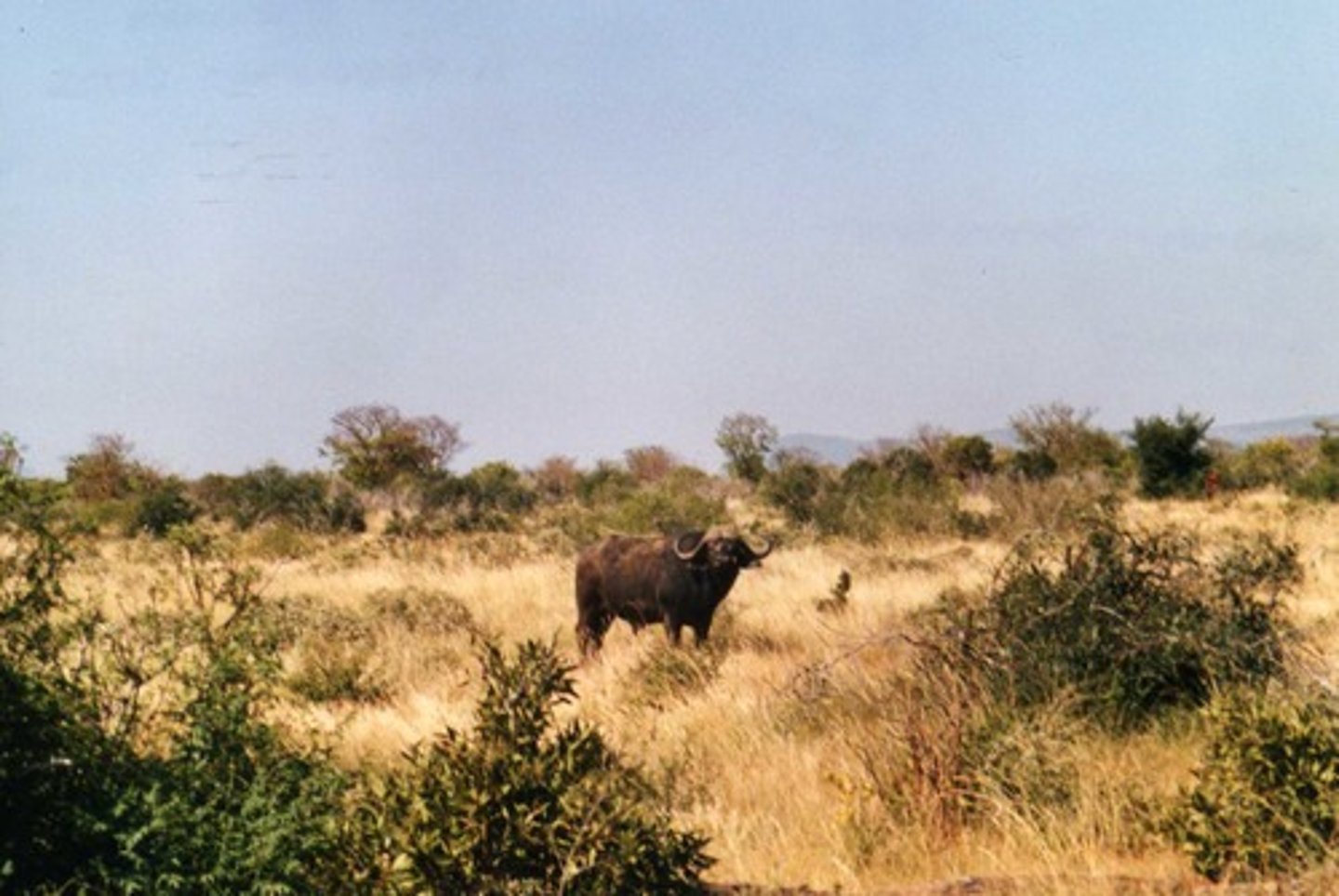
Desert (Shrublands)
Primary Vegetation - Shrubs and bushes
Tree Density - sparse
Climate - Arid to semi-arid, extreme temperatures
Precipitation (mm) - Less than 250 mm
Type of Soil - Sandy, rocky and alkaline
Biodiversity - Moderate
Wildlife - Desert-adapted mammals, reptiles,
Human Impact - Vulnerable to overgrazing, habitat degradation
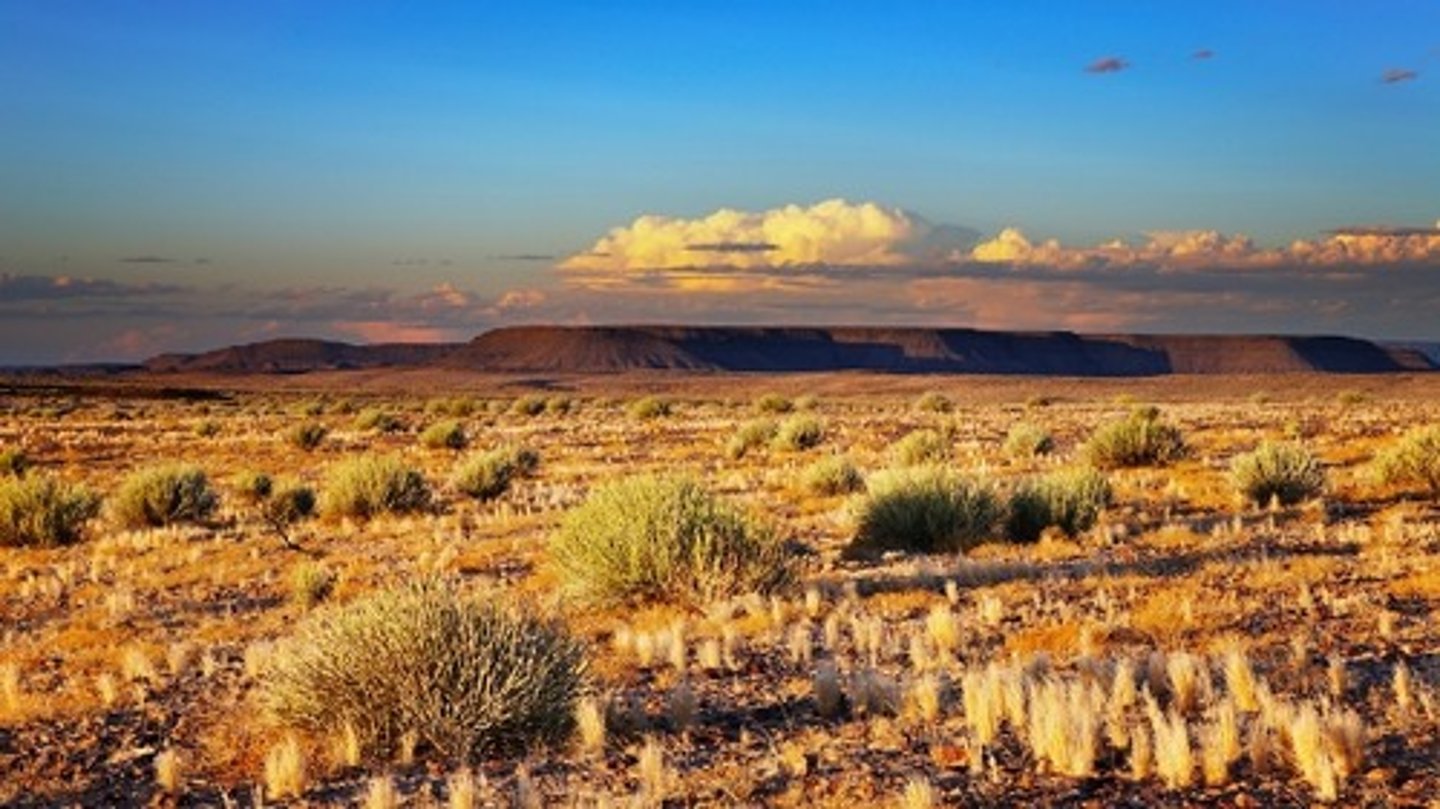
Savanna Woodlands
Primary Vegetation - Grasses and trees
Tree Density - Scattered trees
Climate - Tropical with wet and dry seasons
Precipitation (mm) - 500-1500 mm
Type of Soil - often fertile and well drained
Biodiversity - Moderate to high
Wildlife - Herbivores, carnivores
Human Impact - grazing, agriculture
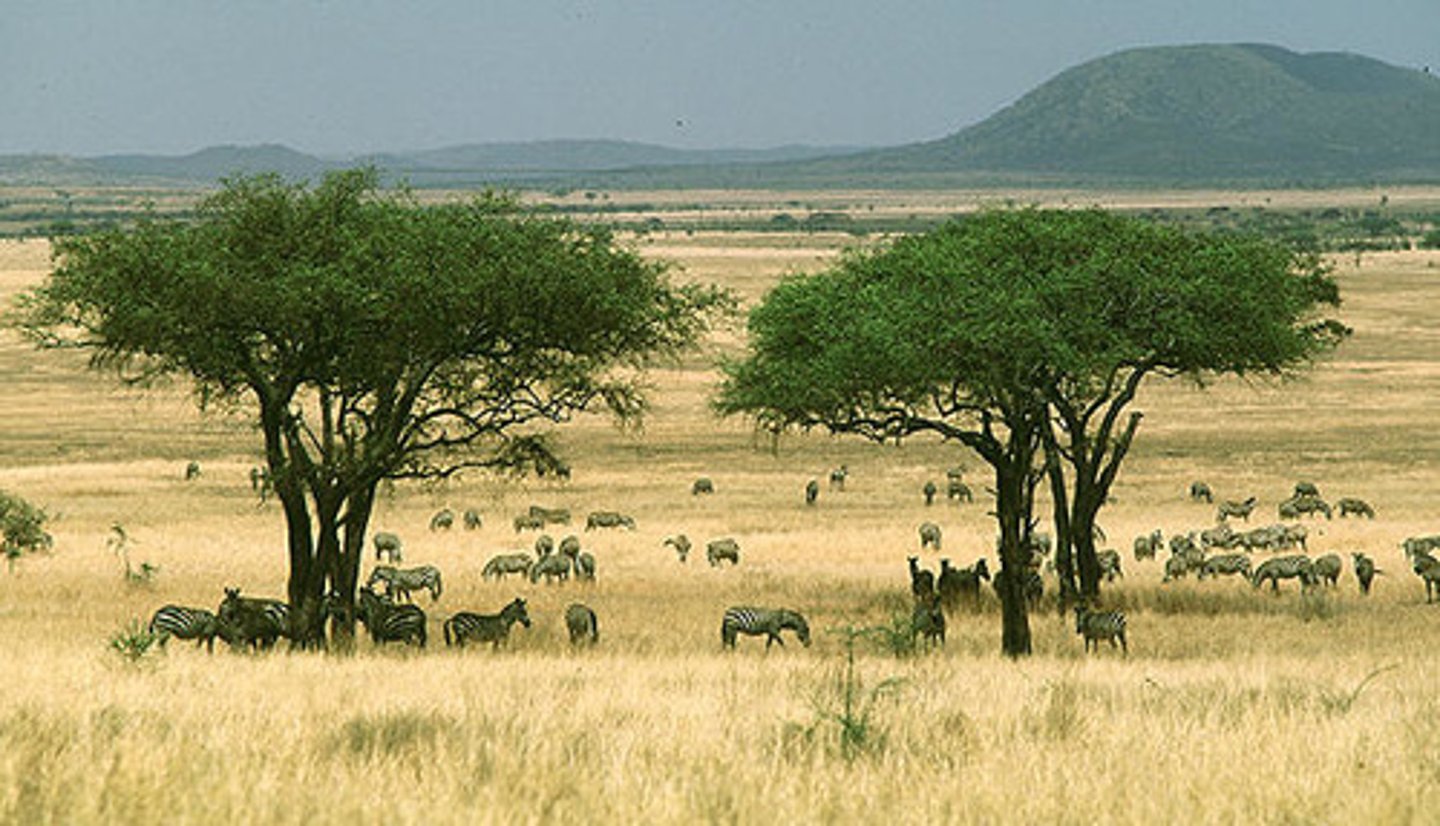
Tundra
Primary Vegetation -Low shrubs
Tree Density - Sparse
Climate - Cold, with short growing seasons
Precipitation (mm) - less than 500 mm
Type of Soil -Typically poorly drained and acidic soils
Biodiversity - Low to moderate
Wildlife - few large animals, migratory birds
Human Impact - vulnerable to climate change
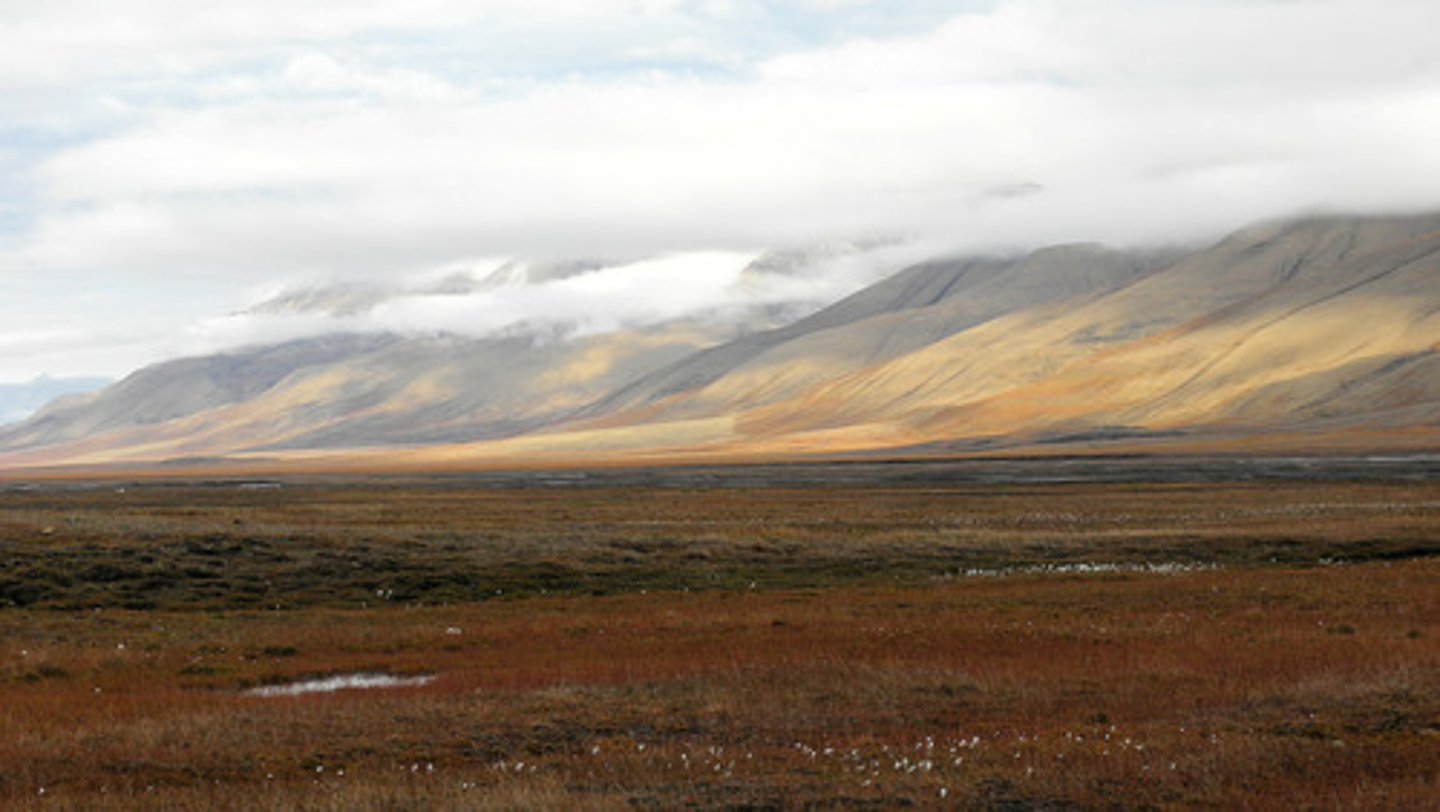
Forests
Primary Vegetation -Trees and shrubs
Tree Density - Dense
Climate - Tropical, subtropical
Precipitation (mm) - 500-3000 mm
Type of Soil - Diverse types, including acidic and loamy soils
Biodiversity - High
Wildlife - Diverse
Human Impact - Logging, deforestation
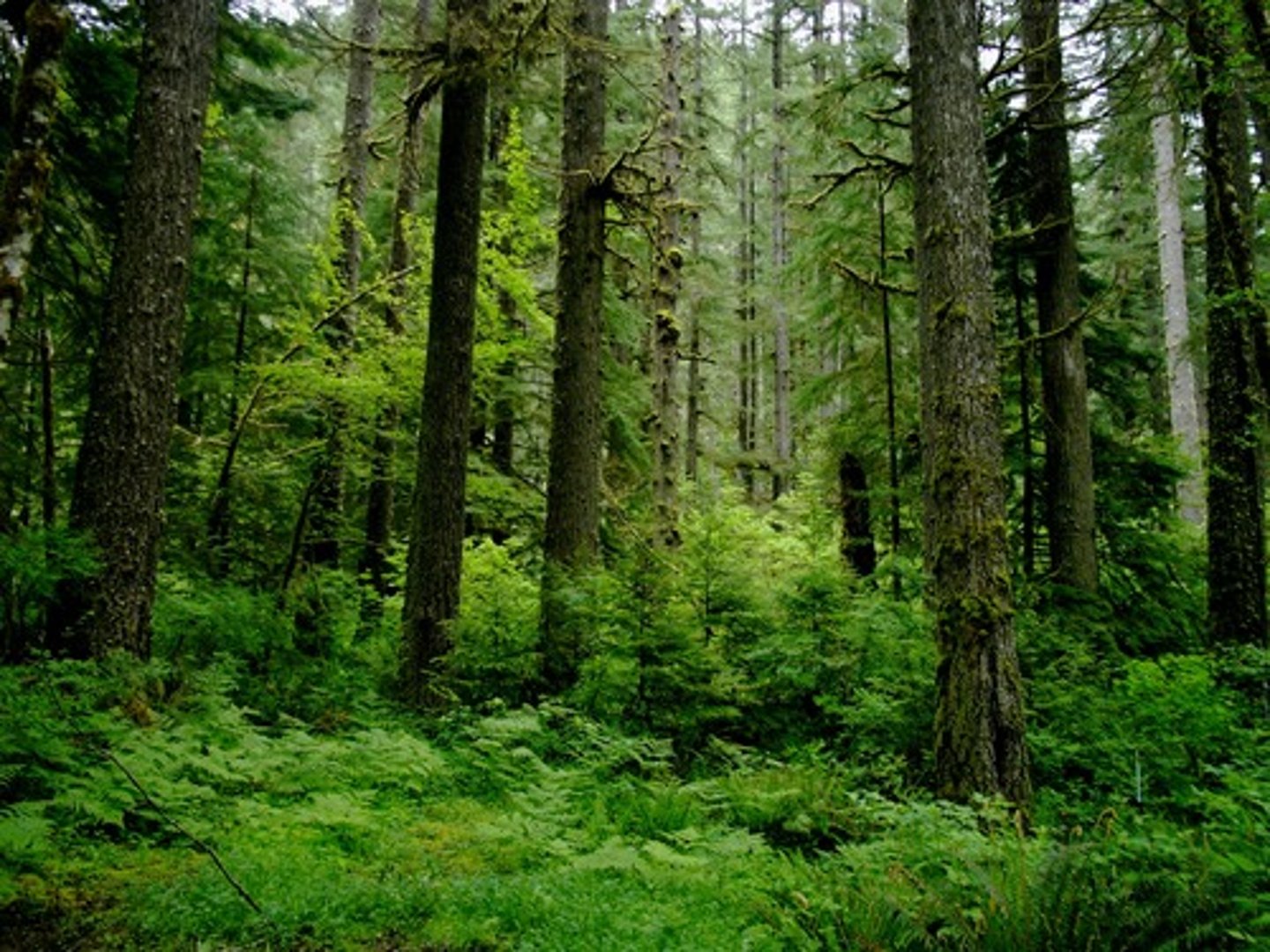
Activities associated with rangelands
1. Livestock production
2. Wildlife habitat
3. Crop habitat
4. Economic gain
Threats to rangelands productivity
1. Overgrazing - •Lowers net primary productivity of a grassland , exposes soil to erosion
2.Invasion and spread of noxious plants
3.Continued conversion of rangelands for other uses
4.Human development
5. Global climate change
Sustainable utilization and management of rangelands
1. Controlling the number and distribution of livestock - continued/rotatory grazing
2. Restoring degraded rangelands
3. Controlling the vegetation
4. Creation of awareness
5. PROTECTION OF RIPARIAN ZONES
Riparian zone
A riparian zone or riparian area are areas of land adjacent to rivers, streams, creeks, or other water bodies.
IMPORTANCE OF RIPARIAN ZONES IN RANGELANDS
1. Water and forage
2. Biodiversity
3. Erosion control
4. Water quality